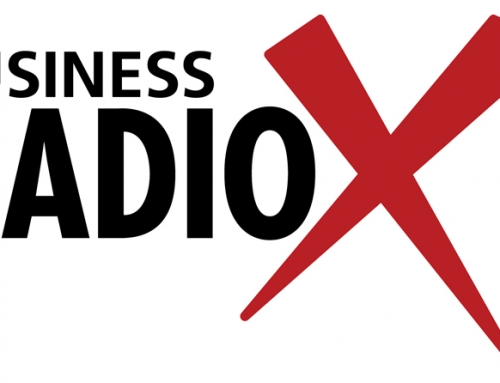I – Avoid Empty Chair Time
Simple enough. A operatory without a patient is an idle plane sitting at the gate with no passengers.
That sucking noise emitting from within its chamber is the sound of overhead dollars dragging your bottom line into the red. It’s like listening to a conch shell at the beach. Except the conch shell costs you $500.00 to pick up and another $40.00 every 15 minutes you listen.
II – “Free” Marketing
Company disciples will preach the gospel of in-network savings to the masses at open enrollment meetings. The message will be reinforced through every medium imagined: flyers, websites, trained customer service representatives, cost calculators, social media, magazine articles, and broker education.
Why do insurance companies spend so much money steering members into a participating provider? Because it helps reduce the cost of care, their biggest expense by far. What is cost of care? Look in the mirror, doc.
The insurance company is asking for a bulk rate discount on your professional services. In exchange, they will route their members to your office and help promote your business through their own branding efforts.
III – Referrals
family-smilingThe best reason there is for discounting any product is referrals. Similar to Groupon, free whitening, new patient specials – the object of the game is to facilitate introductions to your targeted demographic. Since you are a quality dentist with a top-notch staff, these new reduced-fee clients will be so thrilled with the patient experience that they will refer their friends/neighbors/coworkers all of whom will be paying Usual & Customary Rates (UCR).
For every reduced-fee patient routed through a PPO, the goal should be two full-fee patient referrals. If your practice participates with every PPO network in the market, then you will never receive UCR.
You may not need to collect full-fees if you can:
- Master all of the business margins. Overhead, supplies, scheduling, cash flow, etc.
- Efficiently and consistently produce at capacity.
There are owners that make this work. Many others find themselves swimming against the financial current. Making just enough to stay afloat may keep the doors open, but the business will have a reduced value when it comes time to sell.





